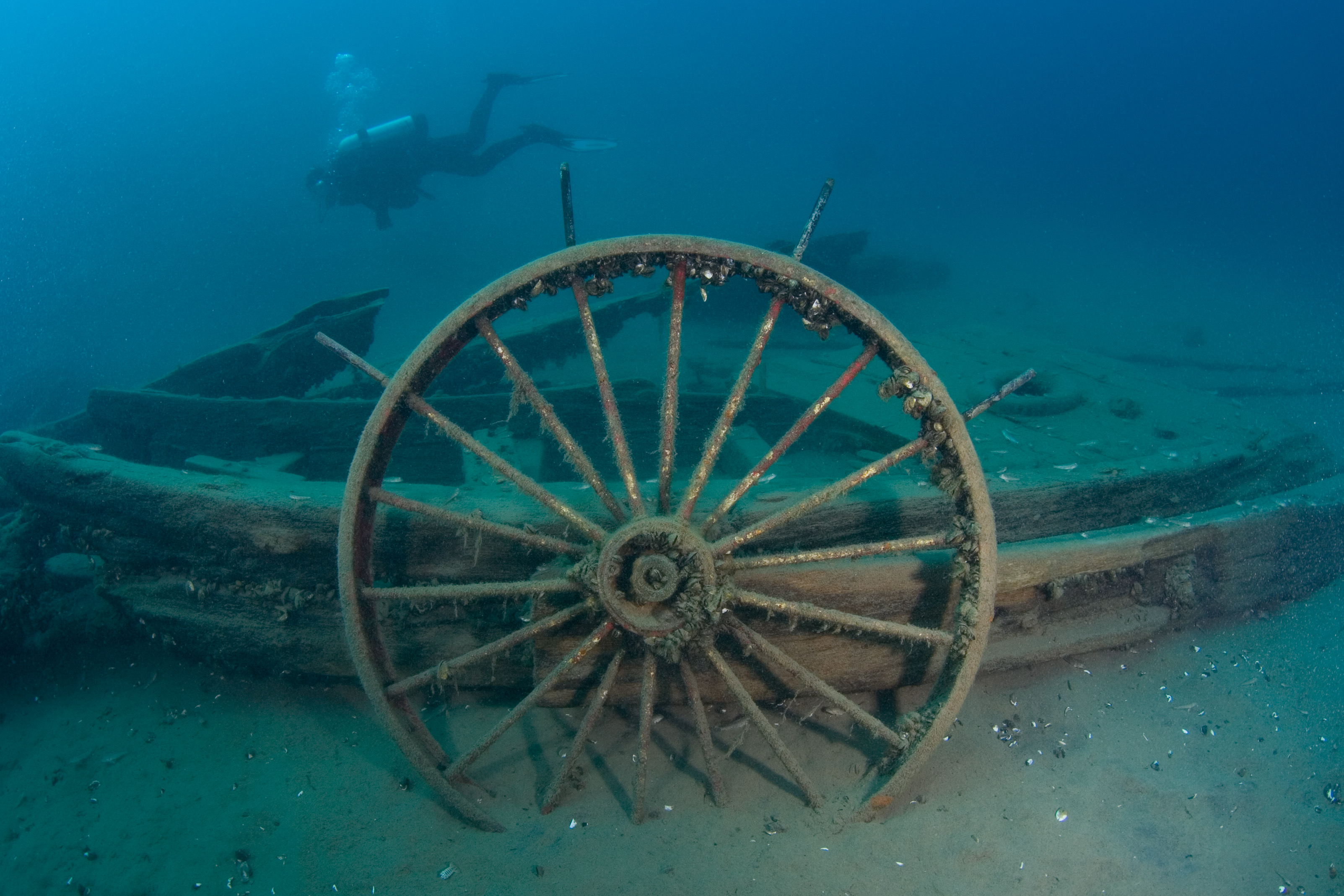
Underwater photography – Notes from January 31, 2018
- 1.Underwater photography – Notes from January 31, 2018
- 2.Abstract photography – Notes from February 28th, 2018
- 3.Software tools for Digital Photographers – Notes from March 28th, 2018
- 4.Macro, Flowers & Close-up Photography – Notes from April 25th, 2018
- 5.Flash Photography – Notes from June 27, 2018
- 6.Iceland: Realm of Ice and Fire – Notes from July 25, 2018
- 7.Printing and Framing – Notes from September 26th, 2018
Ever wonder what’s beneath the water line in the Great Lakes? Are you curious about taking your camera underwater?
Local amateur photographer Joanna Suan shared a few of her images from warm, cold, fresh, and salt water locations.
______________________________________________________________
Meeting Minutes
January 31, 2018
Attendance: 29
Speakers:
1) Joanna Suan – Underwater photography
Joanna shared a few of her images from warm, cold, fresh, and salt water locations. Her presentation covered some of the aspects specific to underwater photography:
– Challenges Not enough light as you go deeper, hence a lack of visibility
– Cold temperature and strong currents
– Air supply
– Decompression time
– Wildlife unexpected behaviour
– Equipment Camera gear
– Diving gear
– Raining gear
– Portable sunlight
– Electronics (computer, etc.)
– Photography Wide angle
– Under water level split-shot
– Boat wrecks
Joanna also touched on the need for good scuba diving skills and ocean awareness (respect of water environment).
Related Websites: www.niagaradivers.com
2) Anna Fragapane – General Announcements
Anna shared 2 housekeeping items with the group:
- 2017 financial statement (including Room Rental decisions)
- Results of the survey conducted in the Fall (copy was sent via e-mail to all members)
3) Wayne Mullins – Historical Society Opportunity
Wayne presented the group with an opportunity to capture images of Grimsby on an on-going basis. Pictures would become part of the Historical Society collection, with credit being given to each photographer.
4) Paul Jackson – A taste of South Africa
Paul shared his experience and photos from his recent trip to South Africa, focussing on wildlife and nature, giving the group a real taste of the beautiful region he covered. Paul also touched on safety when travelling in a wildlife habitat.
